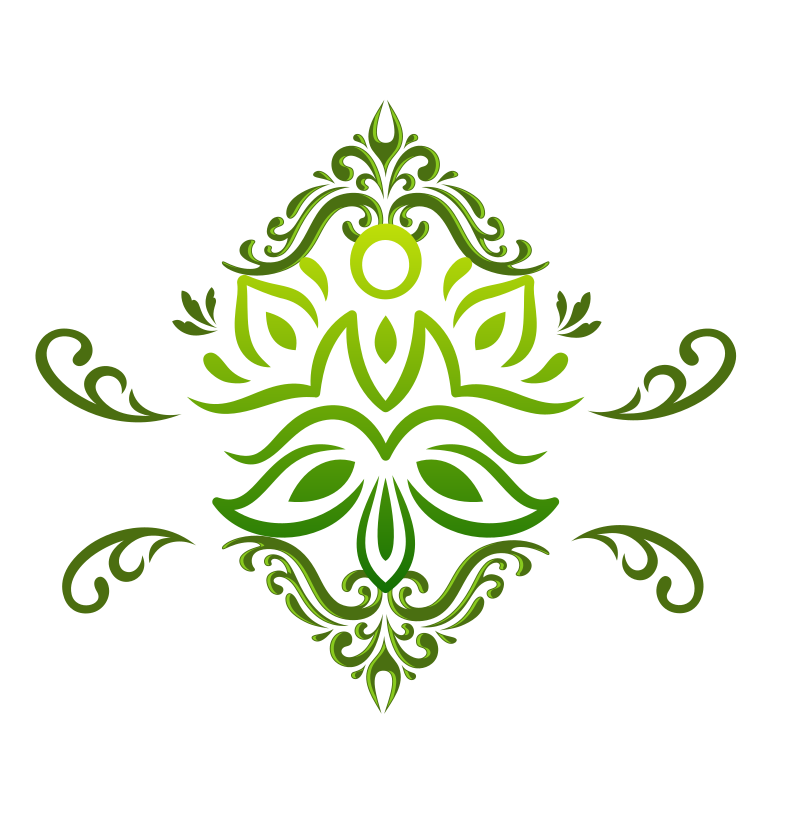The Quiet Power of Sound and Vibration
We often think of sound as music, voices, or noise. But beneath what we hear is something more subtle—vibration. Sound is vibration moving through space, touching every part of us in ways we may not always realize.
Scientifically, sound is simply a wave—energy moving through air, water, or even the bones in our bodies. These waves create frequencies, and those frequencies can have powerful effects, both physically and emotionally.
Think of a song that gives you chills, a mantra that calms your nervous system, or the hum of nature that grounds you. These aren’t just emotional reactions. Studies show that certain sound frequencies can lower blood pressure, reduce cortisol (the stress hormone), and increase feelings of peace.
In fact, everything in nature vibrates. Our bodies, organs, cells—all have their own natural frequencies. When exposed to sound frequencies that match or support our natural rhythms, we can experience a kind of tuning—a subtle return to balance.
This is the basis of sound therapy, and why tools like tuning forks, singing bowls, and even the human voice can help shift energy. The principle is known as entrainment—where one rhythm synchronizes with another. When we’re in a stressed or chaotic state, introducing a calming, consistent vibration can help the body and mind find their way back to harmony.
You don’t have to be in a sound bath or healing session to benefit. Simply stepping into nature, humming softly, or even focusing on your breath (which also creates vibration) can bring your nervous system back into a more regulated state.
Sound is ancient. It’s primal. And it’s free. Learning to connect with vibration in an intentional way can be a gentle yet powerful part of a healing journey.
Sometimes, the most profound shifts come not through force—but through a quiet frequency that reminds us who we really are.
